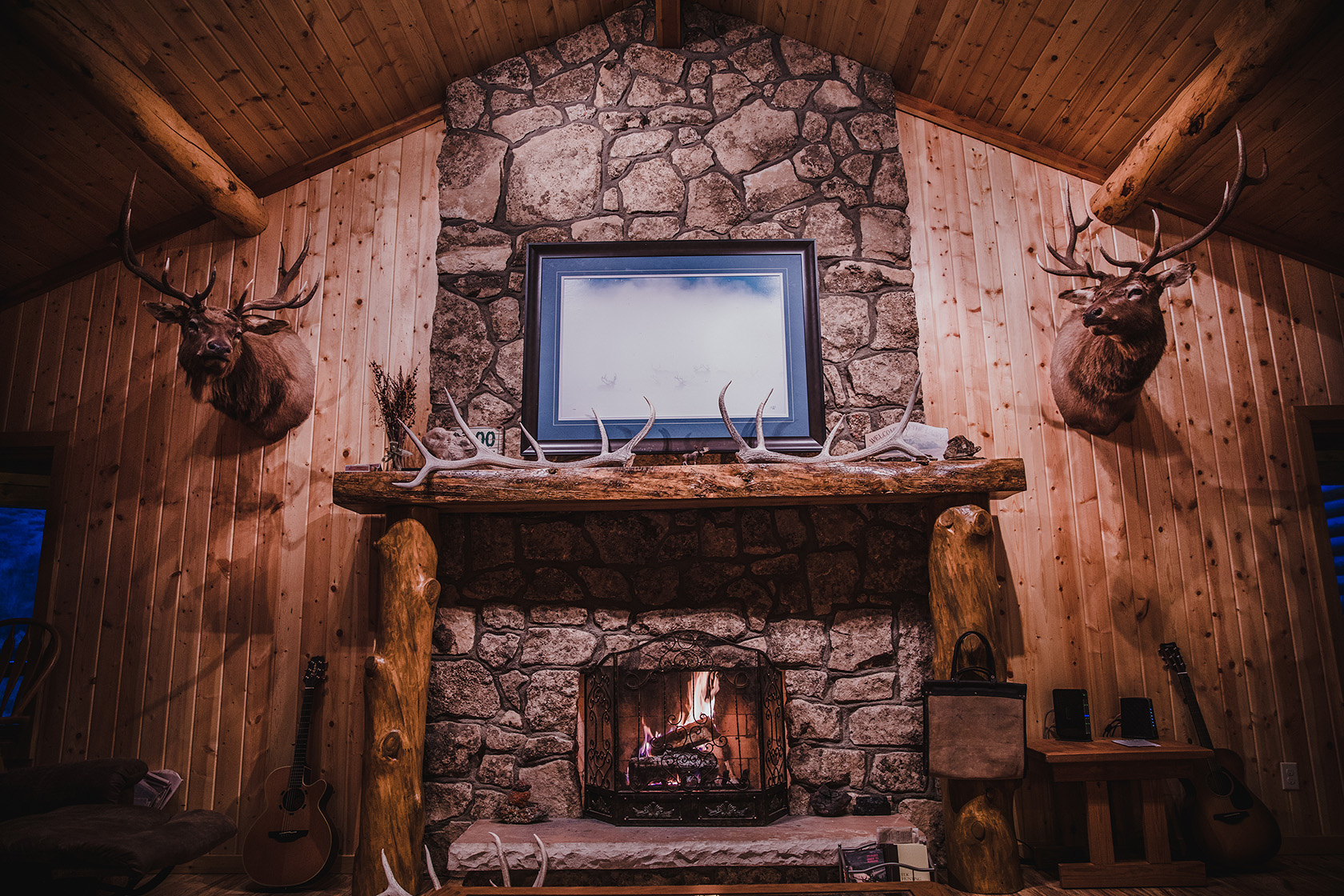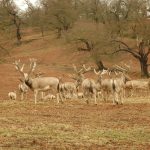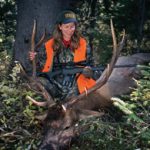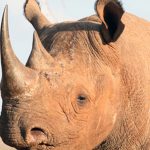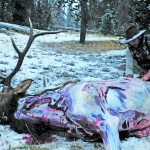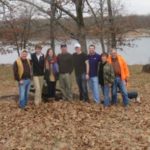The fact that I hung a rack of antlers on my wall does not mean I left the meat behind.
Many of the recent attempts to shut down various types of hunting through legislation or state ballot measures have been couched as bans on “trophy hunting.” It’s an effective tactic, because poll after poll shows that the general public mostly approves of hunting for meat or management purposes, but opposes “trophy hunting.” The problem with the term is that what most people think it means, versus what hunters mean by it, are worlds apart.
If you ask the average non-hunter, they will likely tell you that “trophy hunting” means the head and horns were taken and hung on the hunter’s wall, and the meat was left to rot. However, true trophy hunting, as hunters understand it, means being extremely selective in holding out for the biggest and oldest animal possible (which is often also the wariest and most difficult to hunt), and when and if it is taken, it is utilized completely—all the meat is recovered and consumed, and the head, horns, and hide are preserved, retained, and prized.
Whether the “trophy” in question is a big-antlered bull elk, a brawny old male mountain lion, or an African buffalo, such an animal rarely makes the pursuit easy for the hunter. If the hunt is done right, the animal is killed cleanly, and is then consumed, appreciated, and honored—and likely spared the far more gruesome end it would inevitably meet if left to live out its life in the wild.
People who don’t hunt are often surprised to learn of the strict rules hunters have to abide by, including nearly universal “wanton waste” laws. These laws mandate that any hunter who kills a big-game animal is required by law to recover all of the edible meat. These days, our hunting world has regained the appreciation of the wide range of edible wild game meat that our forefathers had, and this requirement has expanded to cover animals that were not always hunted for meat, including bears and even mountain lions. (Everyone I know who has eaten mountain lion meat says it is excellent, with a flavor resembling that of pork.)
It is true that there are cases in which hunters don’t or can’t personally consume all of the meat of their kills, such as when hunting in a foreign country from which importing meat is prohibited. In those places, the meat is not wasted, and the hunter’s role is that of providing high-quality meat to the local residents. Nothing goes to waste in places like Africa and Asia: every scrap of meat and offal from a hunter’s kill goes to feed a populace that desperately needs, and greatly appreciates, the protein.
Craig Boddington, one of the most experienced and respected hunters in the field today, recently posted a thoughtful explanation of trophy hunting on his Facebook page:
“Trophy hunting involves a selective harvest, with the highest financial contribution to the system for the fewest number of animals taken. The targeted specimens, often the oldest, largest, and most resource-needy, are used entirely—contributing to local economies and sustaining ecological balance. Whether akin to a child’s first trophy in T-ball or the prestigious Lombardi trophy, hunting trophies vary widely, commemorating the effort, pursuit, and success, while taxidermy preserves the meaning and value of the animal that the hunter harvested.”
I don’t consider myself a trophy hunter in the truest sense, because I rarely hold out for the largest possible specimen, although I have tremendous respect and admiration for those who do. I am almost always happy to take a good, mature animal. However, when I am successful in that endeavor, in addition to bringing home a freezer full of delicious, healthy, organic meat, I almost always keep and display some part of the animal—rack, skull, or taxidermy replica.
You will call these trophies, and they are. But most people who see a photo of a hunter with a kill, or see an elk head on the wall, don’t realize that a beautiful hide or set of horns (of any size), a freezer full of meat (whether consumed personally or provided to those in need), and a memorable and fulfilling experience, are all equally important components of nearly every hunt.
We should stop using terms like “trophy hunting,” “recreational hunting,” and even “meat hunting.” Each one assigns a narrow meaning to an endeavor that we engage in for a variety of reasons. We emerge from every outing, successful or not, with a greater understanding of the natural world and our place in it. In the end, we are simply hunting.
I realize that not everyone appreciates the natural artistry in a set of moose antlers, or the sheen of light on a beautiful bearskin draped over a chair. But for hunters, long after we’ve grilled the last moose steak and polished off the final container of bear stew, the heads on our walls, the racks over the fireplace, and the hides on our furniture remain, bringing us joy through both their inherent beauty and the memories they contain.
I can’t say it any better than deer hunter and writer Paula Brandreth put it in her 1930 book, Trails of Enchantment:
“The deerskin rug on our study floor, the buck’s head over the fireplace, what are these after all but the keys which have unlocked enchanted doors and granted us not only health and vigor, but a fresh and fairer vision of existence.”

